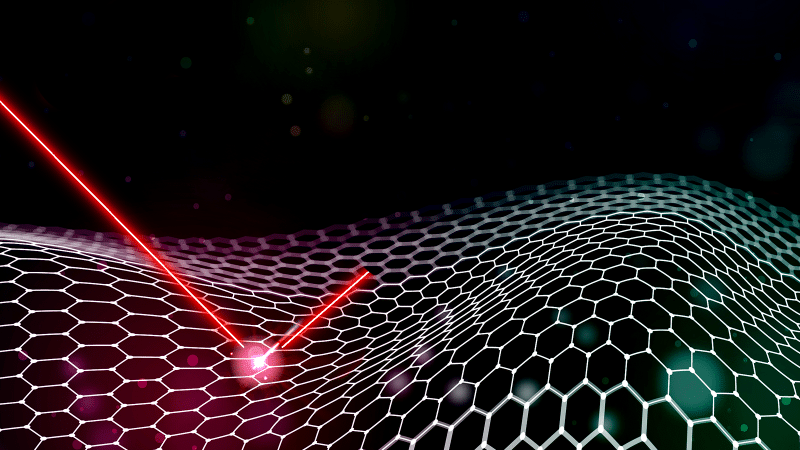About Attosecond
- An attosecond is an astonishingly short unit of time, equivalent to one quintillionth of a second (1×10−18 of a second) or one-billionth of a nanosecond.
- To put this into perspective, if a second were stretched to cover the entire age of the universe, which is approximately 13.8 billion years, an attosecond would be just a fraction of a second.
- The fundamental significance of attoseconds in physics lies in their ability to shed light on phenomena that were previously hidden from our view.
- These extremely short time intervals are relevant in the fields of ultrafast optics and laser physics, particularly when studying the behavior of electrons within toms and molecules.
Applications:
- Attosecond physics allows scientists to look at the very smallest particles at the very shortest timescales.
- At this timescale, researchers can now capture the dynamics of electrons within atoms and molecules, allowing them to witness the incredibly fast processes that govern chemical reactions and electronic behavior.
Attosecond pulses:
- One of the most groundbreaking applications of attosecond science is the ability to create and manipulate extreme ultraviolet (XUV) and X-ray pulses, which are vital for imaging ultrafast processes at the atomic and molecular scale.
- These pulses are produced using high-intensity laser systems that generate attosecond bursts of light.
- With these attosecond pulses, scientists can “freeze” the motion of electrons within atoms and molecules, providing a real-time view of electron movement during chemical reactions.
- The Attosecond pulses can be used to test the internal processes of matter and to identify different events.
Q1: What is a laser?
A laser, which stands for “Light Amplification by Stimulated Emission of Radiation,” is a device that emits a highly focused and coherent beam of light. Unlike regular light sources, such as incandescent bulbs or fluorescent lamps, which emit light in many directions and with varying wavelengths, lasers produce light with a specific wavelength and in a very narrow, concentrated beam.
Source: Physicists who built ultrafast ‘attosecond’ lasers win Nobel Prize
Last updated on June, 2025
→ UPSC Notification 2025 was released on 22nd January 2025.
→ UPSC Prelims Result 2025 is out now for the CSE held on 25 May 2025.
→ UPSC Prelims Question Paper 2025 and Unofficial Prelims Answer Key 2025 are available now.
→ UPSC Calendar 2026 is released on 15th May, 2025.
→ The UPSC Vacancy 2025 were released 1129, out of which 979 were for UPSC CSE and remaining 150 are for UPSC IFoS.
→ UPSC Mains 2025 will be conducted on 22nd August 2025.
→ UPSC Prelims 2026 will be conducted on 24th May, 2026 & UPSC Mains 2026 will be conducted on 21st August 2026.
→ The UPSC Selection Process is of 3 stages-Prelims, Mains and Interview.
→ UPSC Result 2024 is released with latest UPSC Marksheet 2024. Check Now!
→ UPSC Toppers List 2024 is released now. Shakti Dubey is UPSC AIR 1 2024 Topper.
→ Also check Best IAS Coaching in Delhi
























